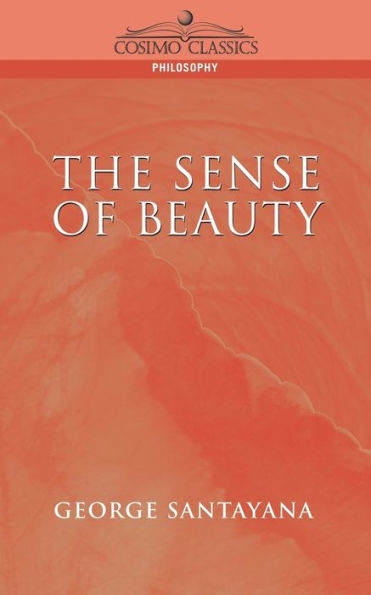5
1

The Sense of Beauty
288
The Sense of Beauty
288
15.99
In Stock

Product Details
| ISBN-13: | 9781596050181 |
|---|---|
| Publisher: | Cosimo Classics |
| Publication date: | 06/14/2004 |
| Pages: | 288 |
| Sales rank: | 637,828 |
| Product dimensions: | 5.00(w) x 8.00(h) x 0.65(d) |
About the Author
From the B&N Reads Blog
